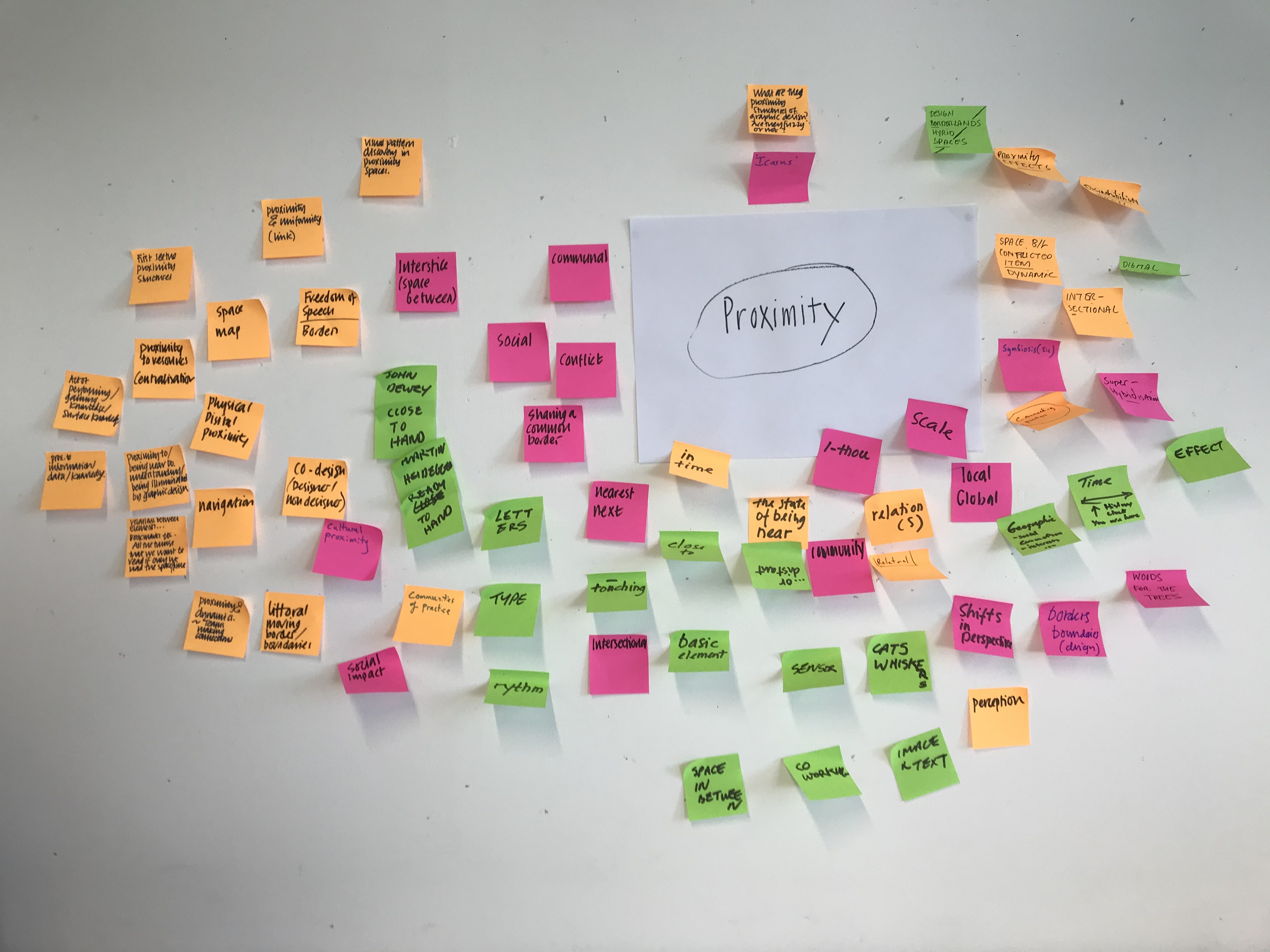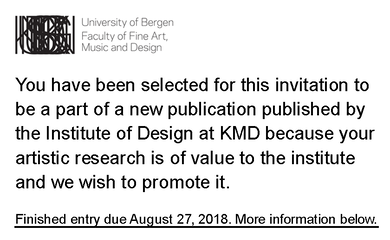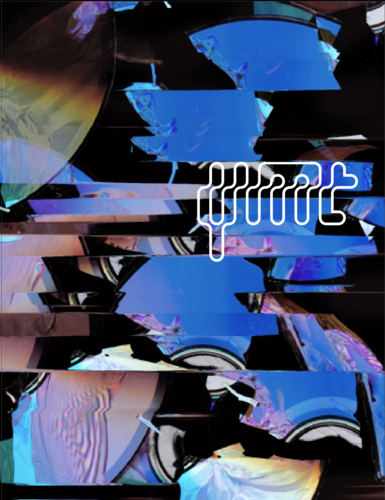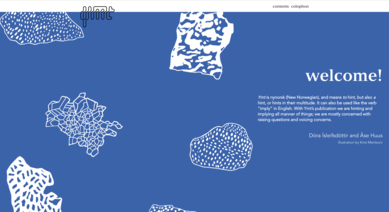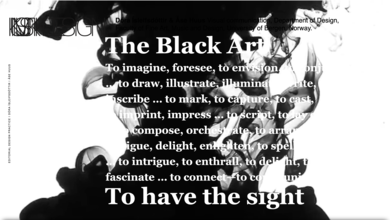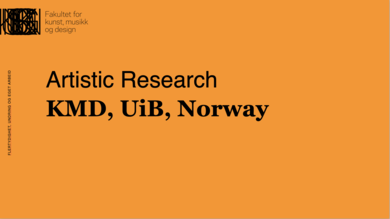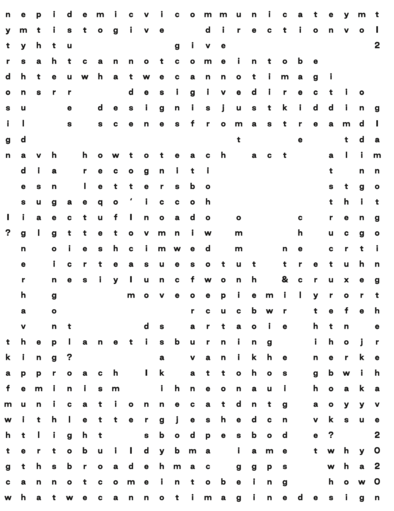Crux of the Matter
The collaborative research project Crux embarks on a comprehensive exploration that seamlessly integrates editorial design, typography, publishing, and technology. This holistic approach serves as the foundational bedrock for constructing meaning, nurturing creative discourse, and evoking poetic expression.
Crux comprises of three sympoietic artistic research forums and publications: international, local/regional, and personal. Each year the discursive forums /publications artistically research a collectively discovered theme in the field of Visual Communication through Editorial Design.
Crux triangulates the potentials of Editorial design
from artistic, pedagogic, and academic perspectives. The publications themselves serve as research methods and as exemplars. They are:
- Message, an international double-blind peer reviewed journal on Graphic communication design.
- Ymt, a magazine about Visual Commmunication from the North-European perspective.
- PS Exploratory, an experimental publication space for personal observations and wo/anders.
These three fora collate in a creative conversation, and artistic research [through design] output. Message journal is aforum for established Communication design academics and research practitioners. Ymt is a student driven forum for teaching based artistic research, edited and led by Dóra Ísleifsdóttir and Åse Huus. PS is an exploratory where experimentation and hermenautic design approaches dealing with technology, publishing and the poetic aspects of artistic research in practice.
Each forum and publication seeds, feeds, and informs the development and content of the others. This reciprocal, synergetic, and cyclical approach—where editorial formulation of themed content plus editorial design and dissemination are parallel authorial strands
—enables Crux to unfold and expose the multilayered nature of Visual Communication.
Publishing as an idea;
constituting a public
Everyone has a story to tell. Everyone has experience. Over time some even acquire knowledge, even extensive knowledge. What unites us [Å & D] completely is that we believe that there are multiple modes of sharing knowledge, information, and even understanding. And that the multitude of perspectives are worthy of attention and respect. Especially, perhaps, the quiet and surprising ones.
Our field is Visual communication, and what we are most interested in—and in love with—is Editorial design because of the way it demands thoughtfulness and care, as well as collaboration, if it is supposed to work at all. And because discursive design has room for the adversarial, for contestation and for an open creative conversation; it welcomes, and is perfect for contestation. In this way it’s like the saloons of old, where people are invited in because they have thoughts to express, that others may be stimulated by, and might learn from.
The Crux of the Matter—of Research based teaching, for us, is thoughtfulness and giving a space for growth through discourse. Our mission in life, so to speak, is to create room and space for creative conversation.
"What constitutes a public serves to highlight the concern of how the public is or is not constituted. The challenge of public action is traced to the inability to form: Before a public acts it must come into being.
[ … ]
Publics are constructed in the sense that they are brought together through and around issues. But issues themselves do not exhibit the agency to assemble people. Rather it is the actions and effects of otheres communicating issues and their consequences that promt a public to come into being."
– Carl DiSalvo, 2009. Design Issues, Vol. 25. P51
Urgent matter
How ideas, politics, information, and knowledge is transferred to a public—with the senses and critical processing of visual meanings and their communicative aims.
By focusing on why we design as well as what and how: Can students achieve heuristic agency by working and reflecting on Editorial design and Authorship?
The artistic idea
Designing editorial instruments to explore the possibilities and transformations in Editorial design, through experimentation and interplauy betweeen content and form.
Publishing and critical and creative public discourse is essential in democracy, which must allow for freecontestation and ideation.
Discursive design approach: Metadesigning creative conversations and discourse.
Design situation
"But the Machine age has so enormously expanded, multilplied, intensified, and complicated the scope of indirect consequences, have formed such immense and consolidated unions in action, on impersonal rather than community bases, that the resultant public cannot identify and distinguish itself."
John Dewey, 1927. The public and its problems. P126
